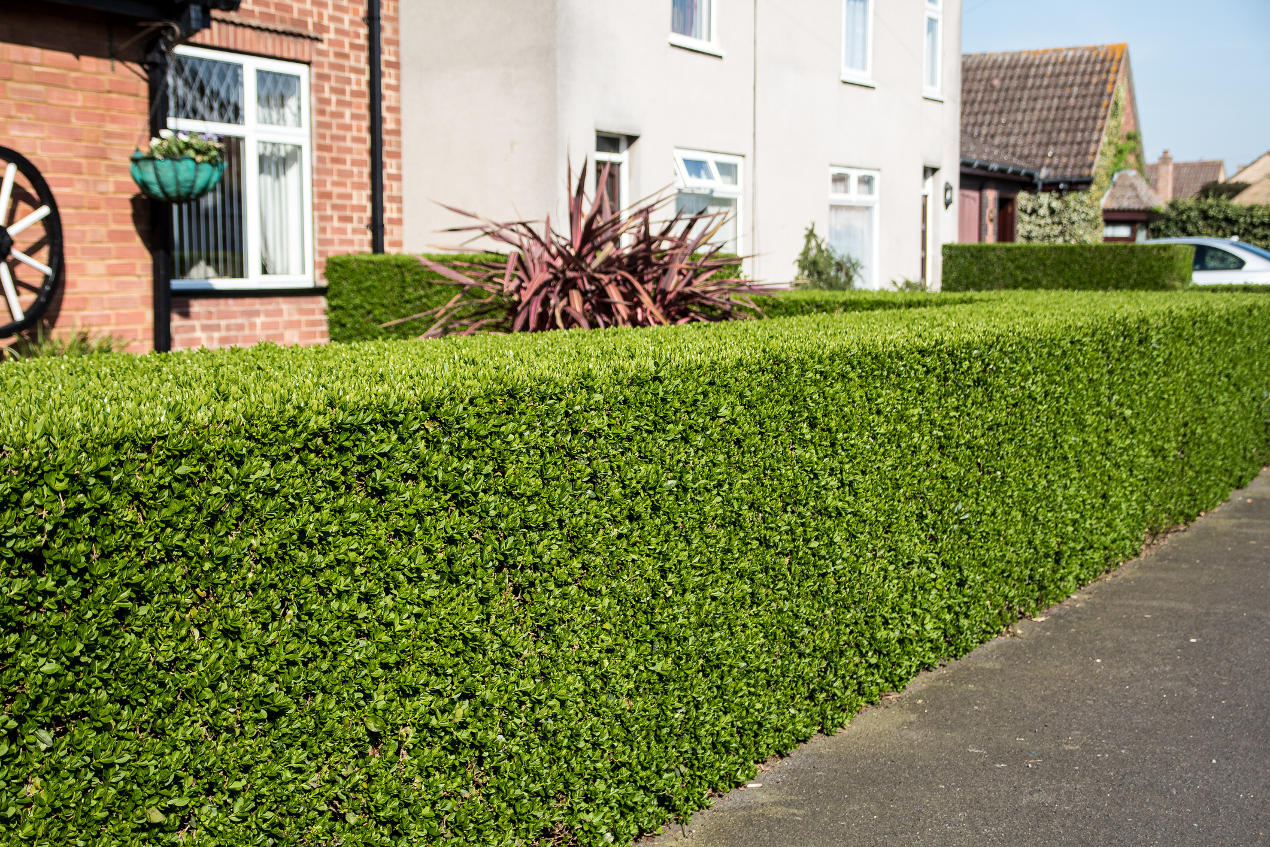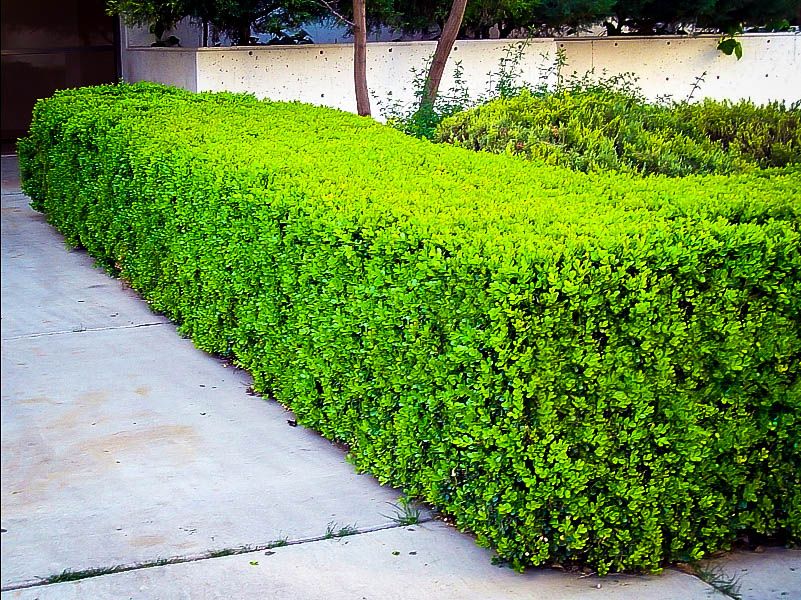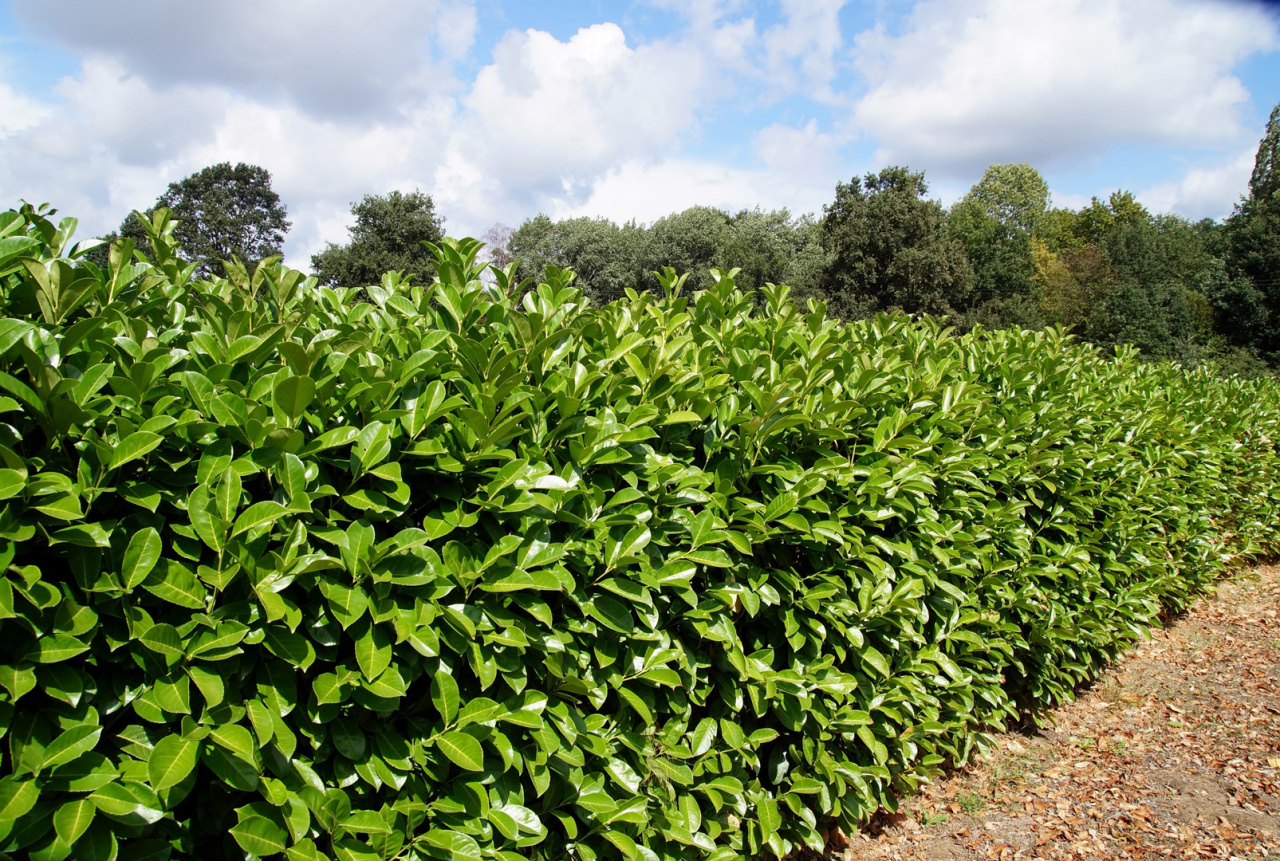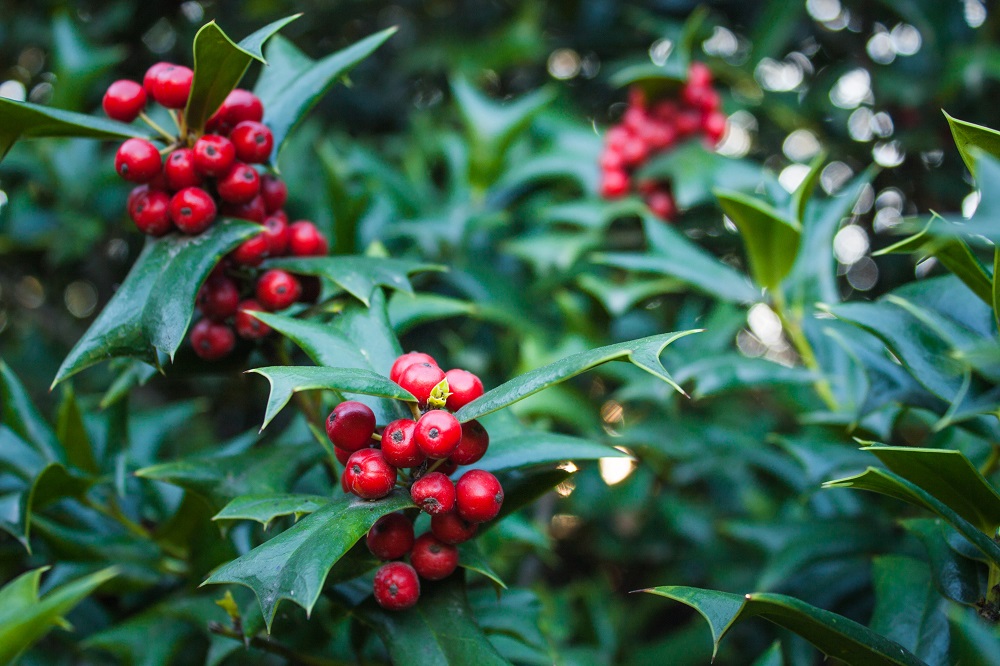Hedge Plants - Find 4 Perfect Evergreen Hedging Plants
An evergreen hedge is one of the most aesthetic type of fencing. As the name indicates, such a hedge is resistant to cold. Thanks to this, it looks good the whole year round, regardless of the weather. Are you wondering what evergreen hedging plants are the best choice? We know what to pick to make your garden look great. Take a look!

Why should you plant an evergreen hedge?
A fencing around your garden can either look average or surprise everyone who looks at it. If aesthetics are your primary concern - an evergreen hedge is a good choice. It’s not only a perfect protection against nosy passersby, but also a barrier preventing unauthorized people from entering your property. In addition, it looks beautiful.
The first years of growing a hedge are the most difficult. It requires a lot of effort from the property owner. But the endeavor is soon rewarded. Thanks to this, you can enjoy a beautiful and green hedge for years.
How long does it take to grow evergreen hedging plants?
If you decide on an evergreen hedge, keep in mind that hedge plants don’t grow in a day, nor in a week. It’s a long process, and you will probably achieve an acceptable result after a few years. On average, growing hedge bushes takes from 2 to even 5 years.
The time hedge plants take to grow depends on a few important factors. First, you need to pick the right plant type. Ornamental shrubs used for hedging vary not only in their looks - which is quite obvious. They have different needs and require various conditions, which results in different growing times.
The way you care for the plants is essential as well. If you pay attention to your hedge bushes - feed them regularly and trim the branches following specialists’ guidelines, you can expect a much better result. This way, the evergreen hedging plants are stimulated to grow, and you can end up with impressive looking bushes in less than two years.

How to trim hedge plants?
Fast-growing hedges, just like any other hedge, need systematic care. It mostly concerns trimming and forming, to make the hedge bushes look equally good and prevent them from spreading.
To cut hedge plants, you need large classic handheld shears. If the shrubs are still small, and their branches are still green and soft, a classic trimmer will do as well.
Evening and forming hedge bushes is a time-consuming task, especially if it grows around a large property. It’s not a surprise, then, that many people give up handheld tools. Electric shears are a perfect alternative to them - they are easy to work with and do the job much quicker.
Train using electric shears on invisible parts of your evergreen hedging. If you aren’t used to such a tool, trimming might result in unaesthetic, jagged branches. Also, be very careful. You shouldn’t use such shears if the hedge plants are very wet.

Evergreen hedging plants - boxwood
Boxwood is an absolute leader in the world of evergreen hedging plants. It’s a great material for fast-growing hedges, which means you have to put little effort to enjoy beautiful fencing. Hedge plants of this type don’t need much - the soil is not the most important, in this case. It grows well even in a sandy ground.
Many people appreciate the fact that boxwood grows the same way regardless of where it’s planted. It means it can grow in full sun, as well as in a shaded area.
The only major requirement of a boxwood hedge is frequent watering. Evergreen hedging plants of this type love damp soil. For this reason, you should water them every day in the evening, especially in summer.
Some property owners appreciate the low price of boxwood as well, especially if it’s purchased in bulk. Keep in mind, though, that boxwood seedling aren’t very big. If you want to use them to form a hedge around the whole property, you have to buy a large number.
Recently, many people have decided not to use boxwood as evergreen hedging plants - for a good reason. The shrub is prone to a pest - the box tree moth. It is able to devastate the plant. To avoid a failure, many decided to pick other hedge plants.

Barberries - the best evergreen hedging plants
Barberry has been one of the most common hedge plants - not only nowadays, but also in the past - a few or even over a dozen years ago. These hedge bushes can withstand low temperatures. You don’t have to worry about it in winter.
Just like boxwood - barberry doesn’t need any special type of soil. It grows well in any type of ground. What’s more, you can plant it in full sun and in shade.
Hedge plants like barberry are much more versatile than boxwood. Because there are a few varieties of this plant, they look different in every garden.
The plant is not problematic as for trimming and forming. A hedge made of barberries is easy to maintain. It’s good news for inexperienced gardeners who are starting their adventure with such elements.

Cherry laurel - the eternal beauty of flowering hedge plants
Cherry laurel has been a very well known hedge plant all over the world. It looks truly special - that’s why more and more people decide to use it. However, it’s not the best choice for beginner gardeners, as unlike boxwood and barberry - it needs more attention.
First, cherry laurel needs moist soil - the plant likes frequent watering. You should plant it in full sun - this way, you can expect beautiful green leaves. The soil should be fertile. If there is sand in it, the plant won’t grow.
But that’s not all. Although older cherry laurel shrubs grow perfectly regardless of the setting, the plant is vulnerable during the first few years. It concerns both changing weather conditions and frost. It means that if you live in a cold zone, you should protect the shrubs for winter during the first 4-5 years.

Evergreen hedging plants - holly
Do you want the hedge bushes you pick to look unusual? Choose holly, which is quite different from other evergreen hedging plants.
Holly is distinct for its unusual leaves and strikingly red fruits. What’s more, holly is one of the few flowering hedge plants. Bright and small flowers typically appear in May and keep blooming for 3 months.
The plant grows best in half-shade. The spot should be protected from the wind. Make sure the soil is rich in humus.
Hollies look beautiful, but unfortunately are poisonous - this concerns fruits, branches and leaves. Make sure to protect children from them, who might be tempted to eat the small red balls.

📍 What are the best evergreen shrubs for privacy?
The best evergreen hedging plants should be able to survive changing temperatures. The best hedge bushes are low-maintenance plants. Boxwood and barberry are popular choices. Those who prefer unique looks, pick holly or cherry laurel. You can also use hedge plants like yew and hornbeam (although the latter is not evergreen).
📍 What are the best hedge plant for a tall hedging?
Tall hedges are perfect plants for privacy from neighbors. You can use shrubs like barberry, holly, cherry laurel, as well as trees like hornbeam and beech. Everything depends on your individual needs, as well as the soil and other conditions in your garden.
📍 What are the best low hedge plants for winter?
Low hedges are a popular garden decoration. Boxwood and spindle tree are the best hedge bushes, in this case. You can also use true lavender or weigela florida.
📍 What are the most popular leafy hedge plants?
Barberry and hornbeam are among the most common hedge plants. They aren't the only option, however. Forsythia and common privet are other popular plants used in fast-growing hedges.
Featured articles




